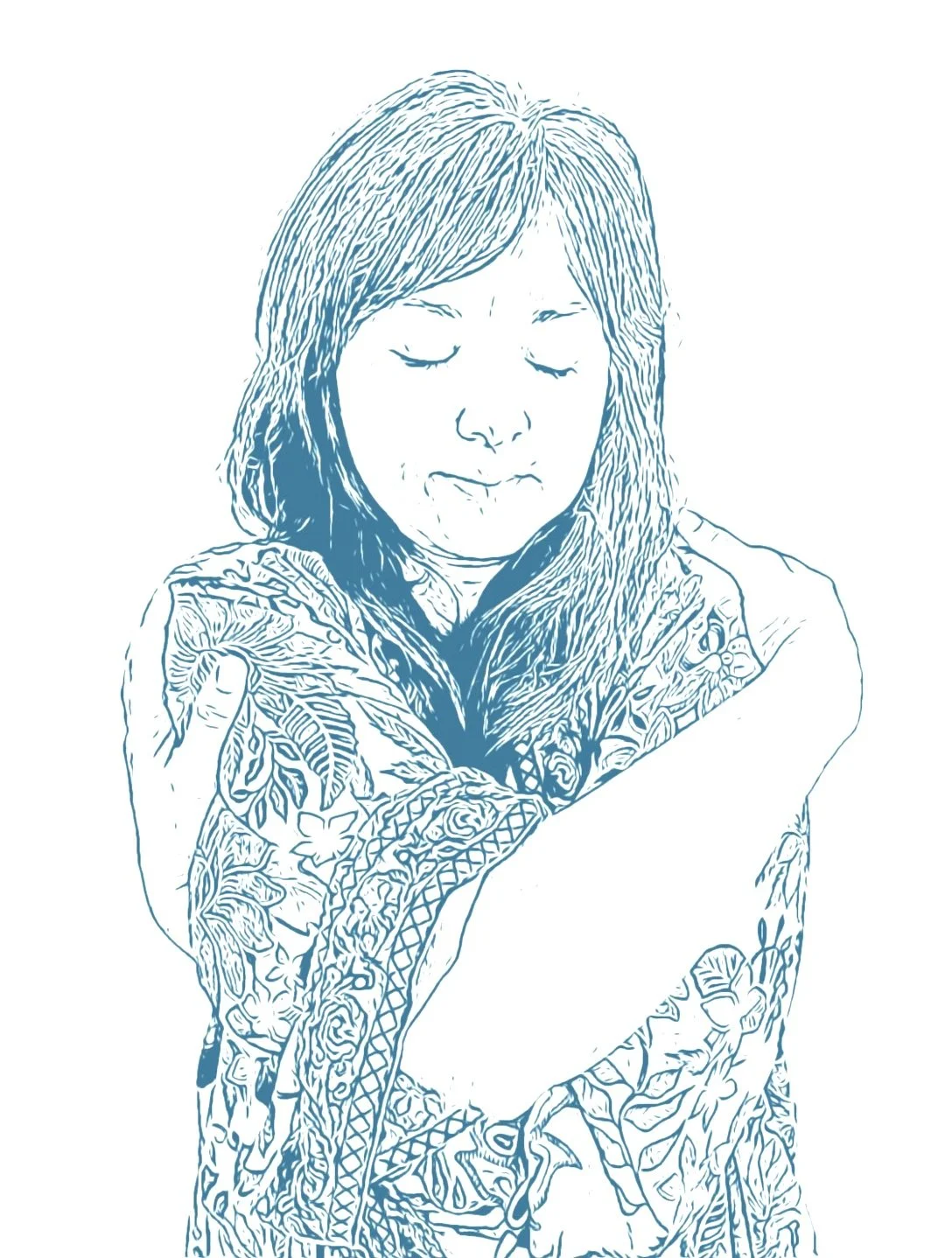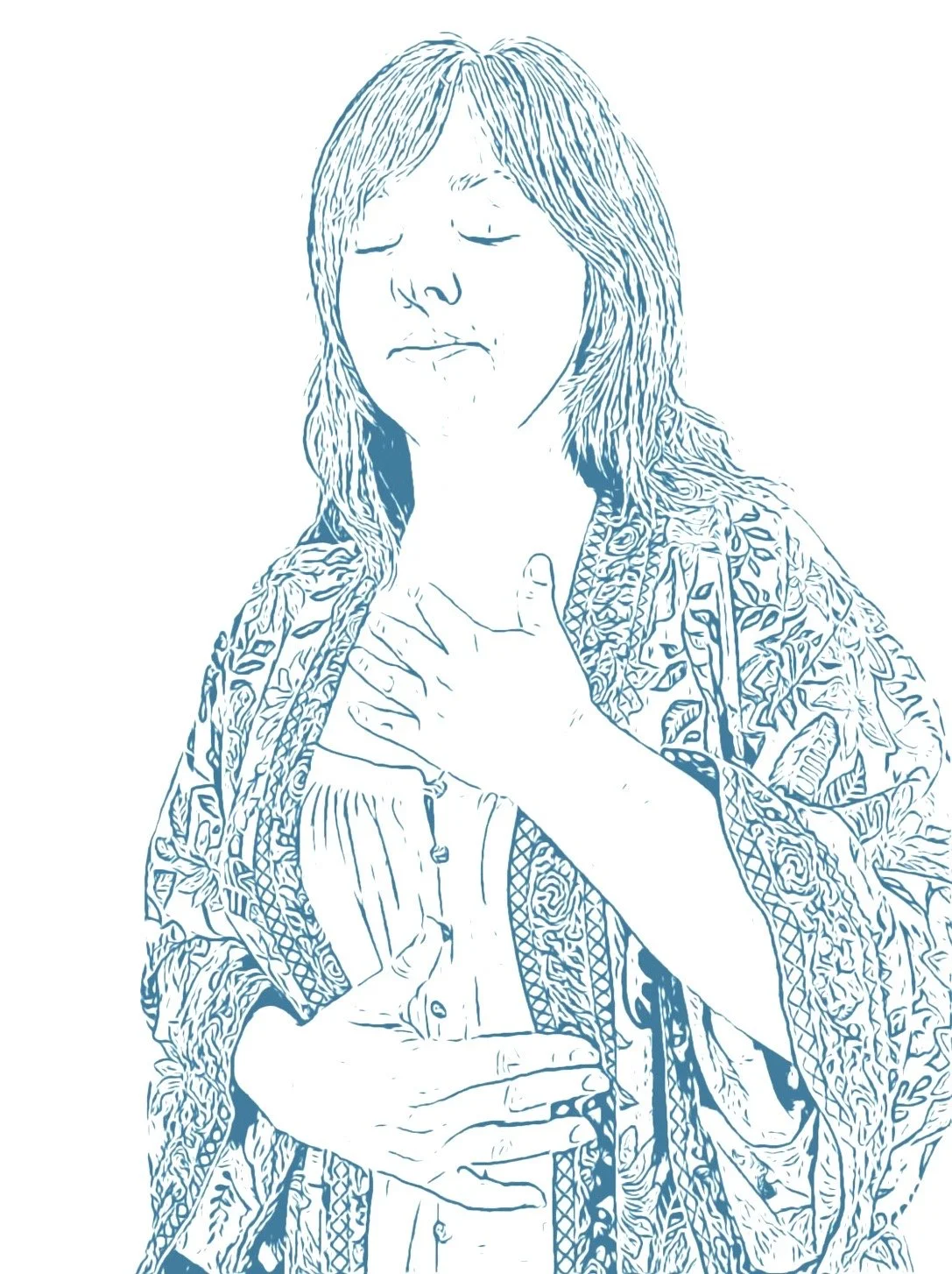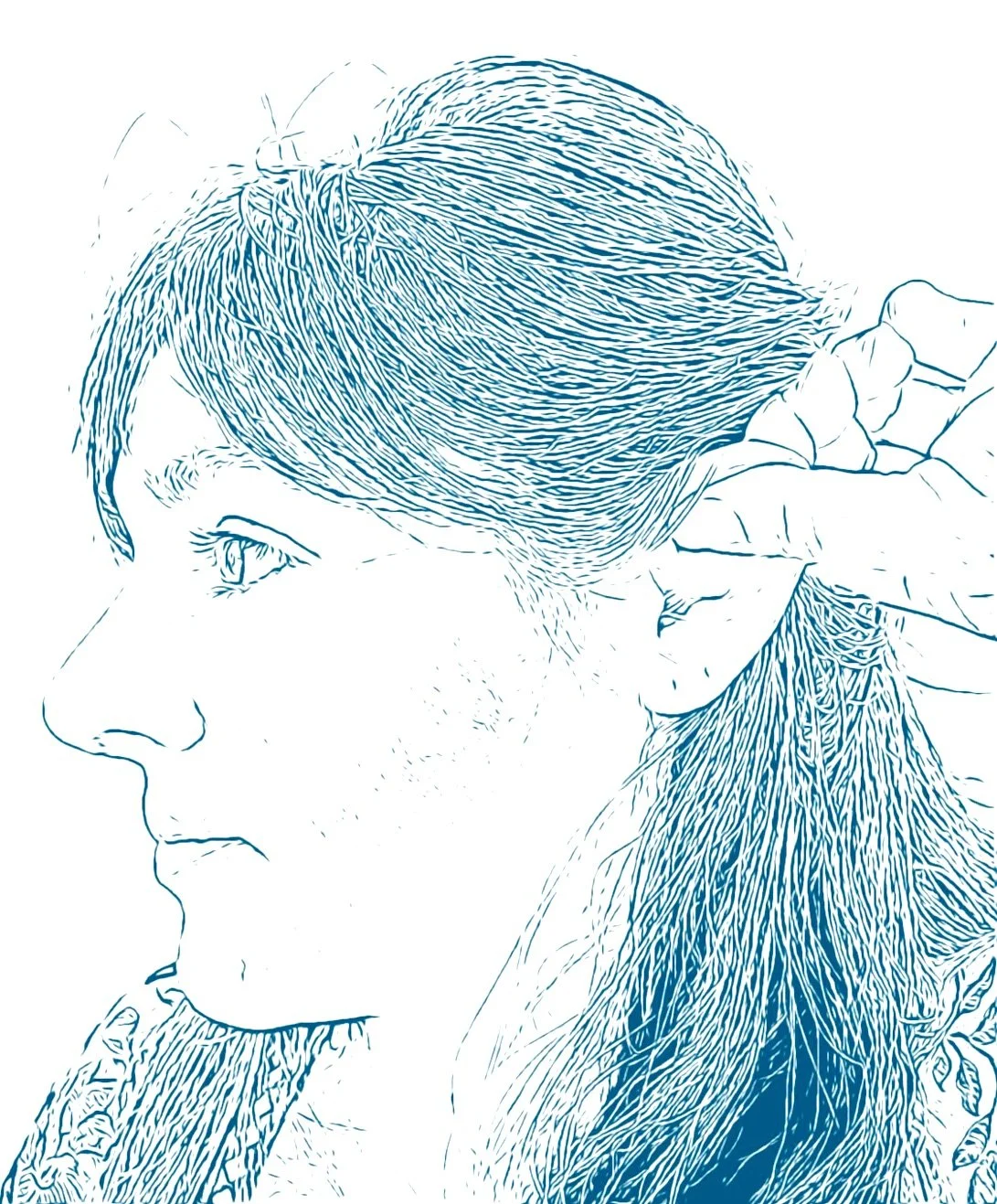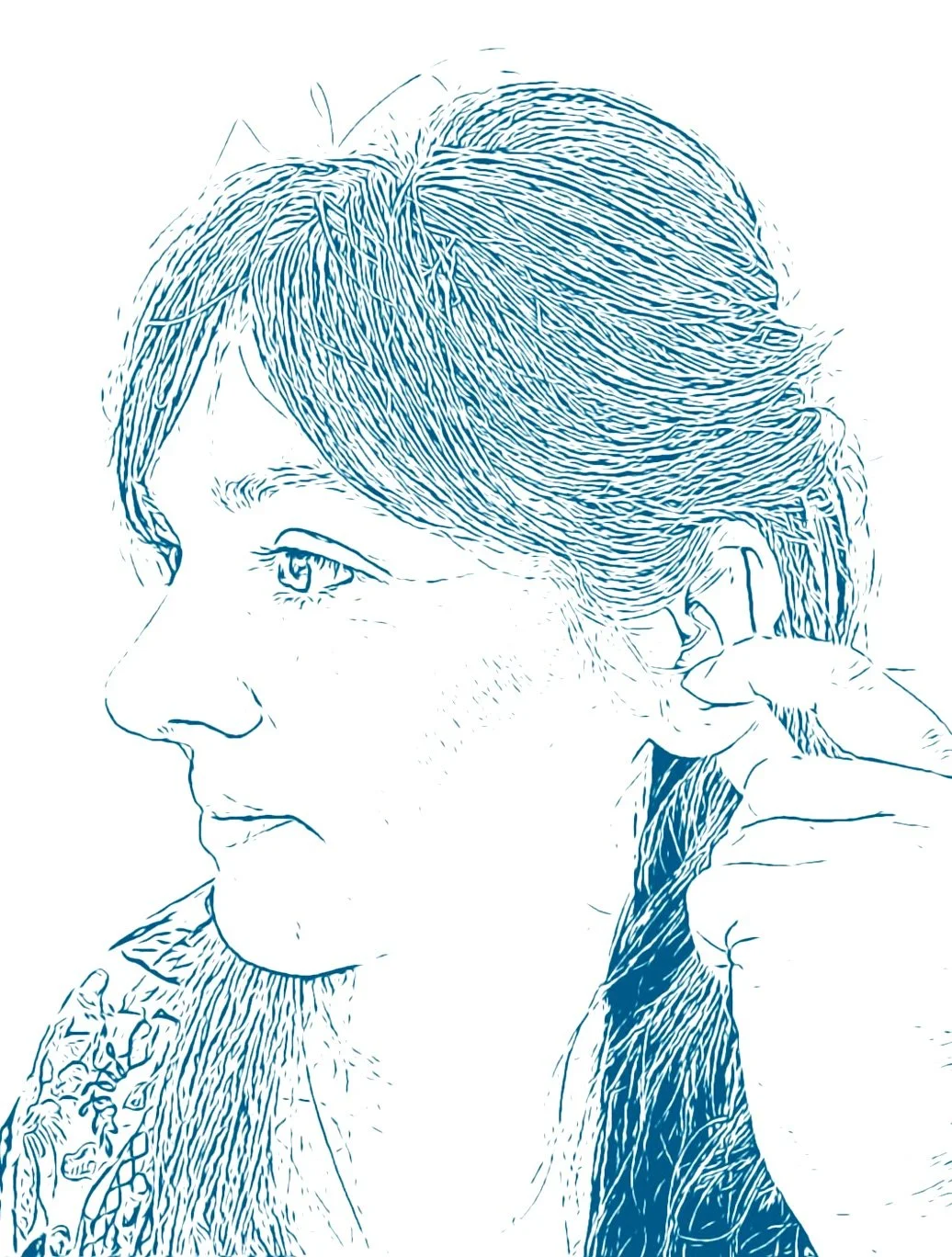
A Ritual For Overwhelm
If you’re feeling overwhelmed, remember you’re not alone, and this feeling is temporary. Let’s shift out of it together. This ritual is my go-to practice for moving out of survival mode caused by stress, emotion, or dis-ease. By engaging the vagus nerve, this exercise relaxes your mind and body, shifting you from overwhelm to ease.
First, let’s ease your mind.
Pause & Press
Pause and press your hands tightly together, then release.
Repeat several times allowing your attention to drop down into the sensations of your body, leaving mental chatter behind.
Helpful insight: Did you know that emotions cause a 90-second chemical reaction in the body? After that, any lingering emotion is sustained by our thoughts. So, let's shift our thoughts.
2. Hug & Hold
Wrap yourself up in a hug, gently rub your arms, and speak kindly to your overwhelmed self.
Example: “It’s okay sweetheart. You are safe. I love you & you’re not alone. I’m here with you.”
Reflective note: Remember there are many parts of ourselves present at all times. Your anxious self may feel dominant right now, but your inner wise one and your inner healer are here too. They are the parts that reminded you to try this practice. Feel their presence.
3. Breathe With It
You are doing a great job.
Now place a hand on your heart and the other on your belly,
Take a few deep breaths, at your own pace. Inhale through the nose, and exhale out through your mouth slowly as if you’re blowing through a straw.
Gentle tip: If focusing on your breath doesn’t feel helpful, you can try humming and feel the vibration in your chest and in your hands.
Now, let’s stimulate the vagus nerve to calm your body
The vagus nerve is the longest cranial nerve, linking your brain to your gut, and engaging it helps shift you from stress to relaxation by regulating heart rate, digestion, and mood.
1. Gently pull your ear away from your head.
Hold for the pace of one breath.
Inhale through your nose and exhale slowly out your mouth.Reflective note: Notice if you can feel any tension in your ear or if it moves with ease and feels elastic. Asses this again after the completion of the exercise.
2. Gently pull your ear up and away from the head.
Hold for the pace of one breath.
Inhale through your nose and exhale slowly out your mouth.Helpful insight: Pulling the ear activates the vagus nerve by stimulating the nerve endings in the ear, which can help trigger a relaxation response and engage the parasympathetic nervous system.
3. Gently pull down on your earlobe.
Hold for the pace of one breath.
Inhale through your nose and exhale slowly out your mouth.
Comforting tip: This technique can help ease dizziness, headaches, and other symptoms.
4. Place your fingertip under the ridge inside your ear. Press backward and move your finger in slow, small circles.
Continue for 20 - 60 seconds or as long as it feels comfortable.
5. Place your fingertip near the eardrum. Press backward gently and perform slow circles.
Continue for one minute or as long as it feels comfortable.
6. Place your finger on the skin behind your ear. Gently pull the skin upward, moving it over the tissue.
Hold until you feel a release and the skin feels more elastic.
Reassuring note: Sighing, swallowing, or yawning indicates that your parasympathetic nervous system is activating, leading to relaxation.
7. Once again, gently pull your earlobe down.
Hold for the pace of one breath.
Inhale through your nose and exhale slowly out your mouth.
Comforting tip: This technique can help ease dizziness, headaches, and other symptoms.
8. Repeat on the other side.
Perform all techniques on the other ear.
Reassess for elasticity and reduced irritation.
Look for cues that your nervous system is regulating, such as yawning, sighing, or gurgling.
You may feel more ease or relaxation on one side; be patient with yourself.
9. Notice the shift and end with self-gratitude.
Take a moment to feel the calmness within.
Acknowledge the effort you've made to care for yourself.
Express appreciation for your body's ability to find balance.
To learn more tools for mind-body balance contact Erica. As a chronic illness warrior, certified mindfulness teacher, and Safe and Sound Protocol practitioner, Erica offers unique insights, compassionate care, and personalized support. Let her expertise in nervous system health and emotional regulation guide you to a healthier, happier life.












